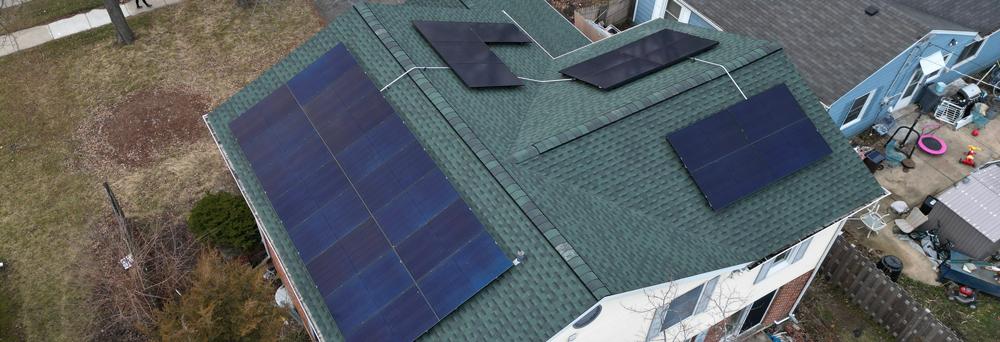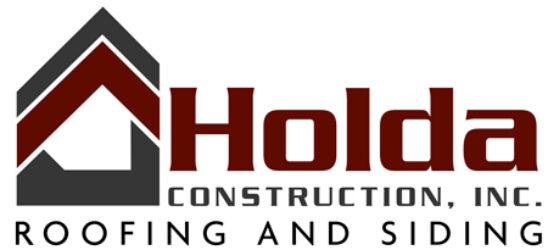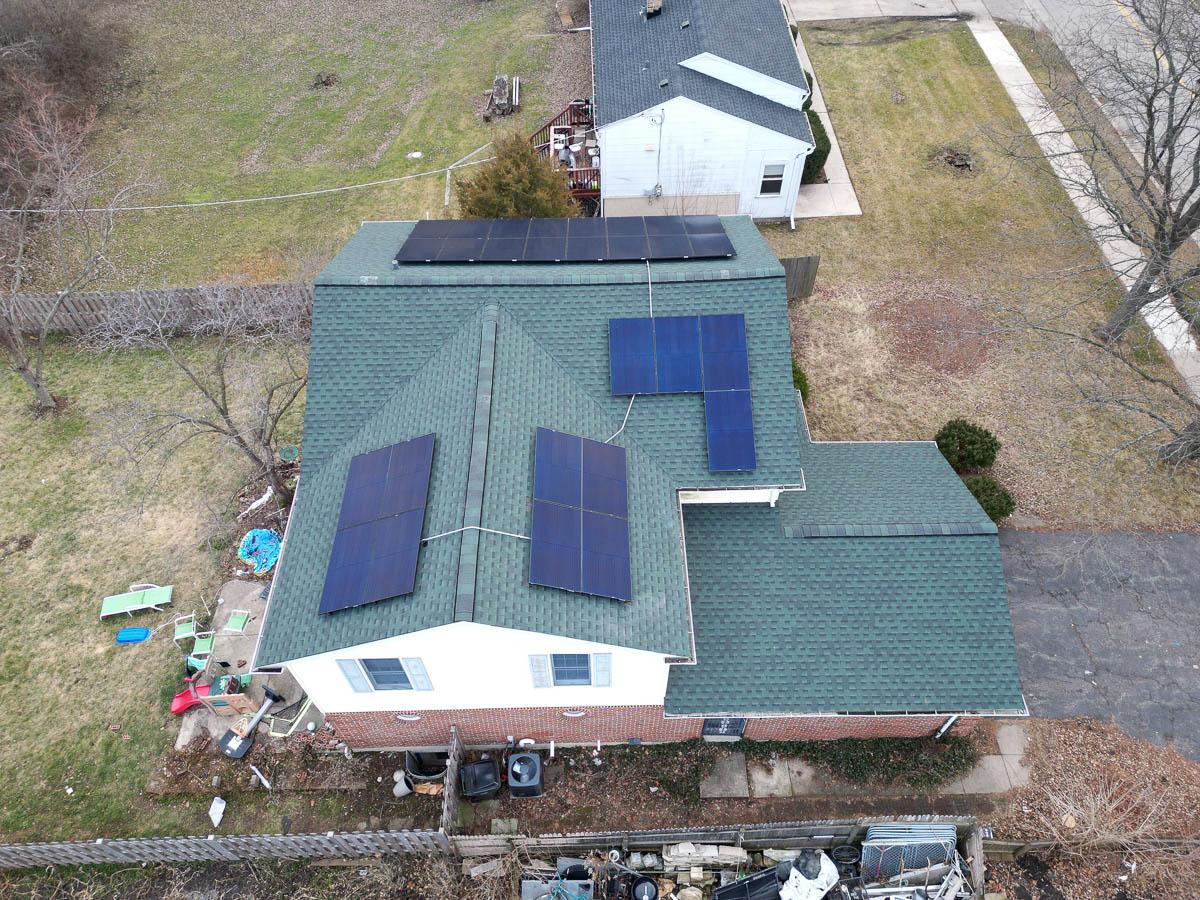A recent Holda Construction roof replacement project brought up an important frequently asked question: “Should I replace my roof before installing solar panels?” The answer isn’t straightforward and depends on several factors. Here’s a breakdown of information that needs to be considered in order to make an informed decision.
Assessing Your Roof's Condition
The first step is to evaluate the condition of your existing roof. Solar panels have a lifespan of about 25-30 years, and you’ll want your roof to last at least as long to avoid the hassle and additional cost of removing and reinstalling the panels when you do need a roof replacement. Here are a few questions to consider:
-
How old is your roof?
If your roof is nearing the end of its expected lifespan—typically 20-25 years for asphalt shingles—it might be wise to replace it before going solar. -
What is the condition of your roof?
Look for signs of wear and tear such as cracked or missing shingles, frequent leaks, or significant storm damage. These are indications that your roof might not be a good candidate for solar panel installation until repairs or replacements are made. -
Is there existing damage or potential issues?
Problems like inadequate ventilation (usually indicated by situations like attic condensation, excessive heat inside the attic or upper level of the home, mold, etc.) or structural weaknesses can affect both your roof’s and your solar installation’s performance.

Consider the Weight and Installation of Solar Panels
Solar panels add extra weight to a roof. Most modern roofs can handle this additional load, but it’s essential to have a structural engineer or a professional roofer assess whether your roof can bear the weight of solar panels. Moreover, the installation process itself can affect the integrity of an older roof, potentially leading to damage or the need for repairs soon after installation.
Financial Considerations
-
Tax incentives and rebates:
Sometimes, you can take advantage of state and federal tax incentives for both roofing and solar installations, which might reduce the overall cost. -
Increased home value
Both a new roof and solar panels can increase your home’s market value. A new roof also offers a fresh appearance and structural integrity, which are attractive to potential buyers.
Planning for the Long Term
For homeowners with roofs that are in good condition and less than 10 years old, installing solar panels without replacing the roof might be a feasible option. However, if your roof is older or in need of significant repairs, it’s usually more practical to replace it before adding solar panels. This approach not only ensures that your roof can support the solar system but also maximizes the return on your investment by aligning the lifespans of your roof and solar panels.
This was the case with our recent project in Palatine, IL. While preparing for their solar panel installation, our clients realized existing asphalt shingles were worn and damaged. The roof could have lasted another five years but, being proactive, the clients recognized that their roof needed to be updated to support a new solar panel system, as it would be very difficult to repair the roof once solar panels were installed.
Conclusion
The decision to replace your roof before installing solar panels should be based on a thorough evaluation of your roof’s current condition, its remaining lifespan, financial considerations, and the specifics of the solar installation. Consulting with roofing and solar professionals can provide guidance tailored to your situation, ensuring that you make the best choice for your home and financial future.
By carefully considering these factors, you can ensure that your investment into solar energy is sound, beneficial, and sustainable over the long term.

